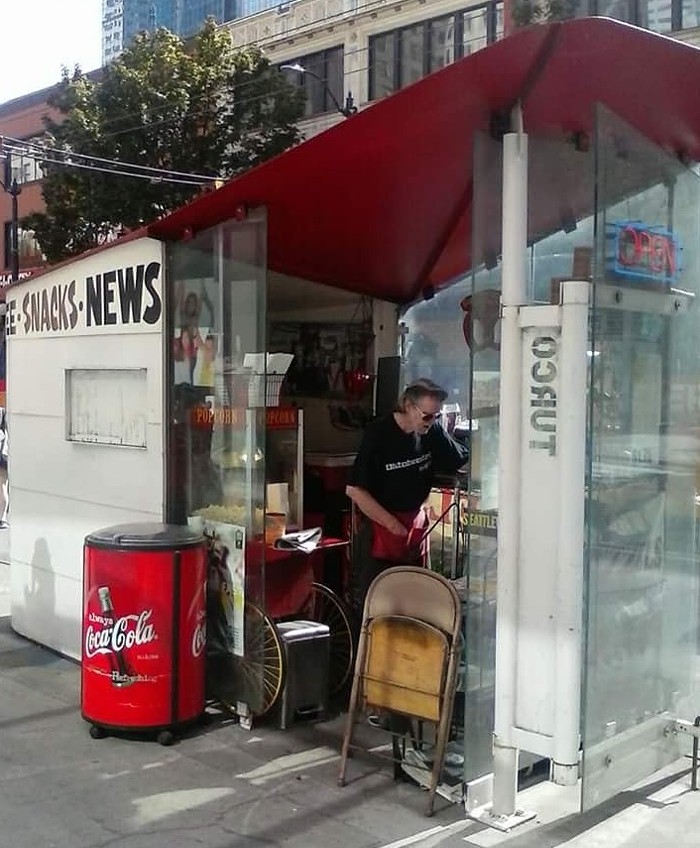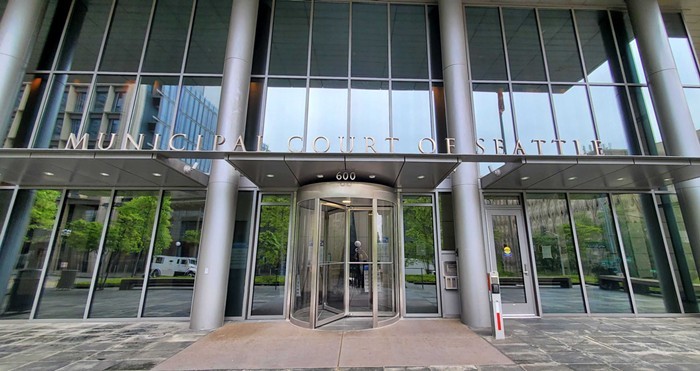Several members of the Puget Sound–area business community, including telecom billionaire and Republican John Stanton, are rumored to be working on an initiative that could take away a large portion of Sound Transit's authority. The proposal is reportedly similar to legislation sponsored by senate Transportation Committee chair Mary Margaret Haugen (D-10) and house Transportation Committee chair Judy Clibborn (D-41), which would have dissolved Sound Transit and turned its duties over to a joint roads-and-transit authority. Haugen and Clibborn's proposal, in turn, was a revamp of an idea originally floated by Stanton and former mayor Norm Rice in 2006 that would have created a new superagency, innocuously dubbed "Sound Transportation," with authority over roads, transportation, and land use. Essentially, the new agency could spend transit dollars on roads, and vice versa—diluting Sound Transit's authority over transit. Both commissions would have included both elected and appointed members.
Sources at Sound Transit and environmental groups in the region believe the proposal is similar to the Stanton-Rice and Haugen-Clibborn proposals. At a recent forum on transportation policy, Transportation Choices Coalition regional policy director Rob Johnson said an initiative that "is going to be filed in the very near future" would "strip Sound Transit of its authority to do anything." Ric Ilgenfritz, communications director for Sound Transit, says it's "pretty clear from some of the folks in the business community that Mr. Stanton is working on something. We've heard rumors ranging from the same as the Haugen bill to it's going to have everything in the [Sound Transportation] report." Stanton could not be reached for comment; pro-roads Stanton contributions include $10,000 to Keep Washington Rolling, a group that supported last year's roads-heavy Proposition 1, and $25,000 to a group that supported 2002's Referendum 51, which environmental groups opposed because it included billions for road expansion.
Haugen, who was rumored to be supporting the initiative, says she hasn't heard anything about it. But, she adds, "I wouldn't be surprised." Asked whether she'd support such a plan, Haugen says, "I'd have to see what it says. I'm always leery of initiatives. I think legislation is better."
Sound Transit opposes the idea, which its proponents describe somewhat misleadingly as "regional governance" or "governance reform," because it would undermine the agency's authority in several ways. For one thing, although the initiative would only impact the Puget Sound region, it would be voted on by the entire state, giving voters east of the mountains a say in transportation planning around Seattle. For another, Seattle and King County, which generally support transit, would probably lose representation to Pierce and Snohomish Counties, which are less receptive to transit taxes. That's because all the proposals for a partly elected board would reduce the number of King County representatives and add representatives from Pierce and Snohomish Counties. For another, the proposal would set transportation planning back years, as formerly independent agencies (Sound Transit; the state Department of Transportation) scrambled to coordinate their efforts. The longer transit gets put off, the more expensive—and less likely—it gets.
Moreover, several provisions of both last year's legislation and the Rice-Stanton plan would render the new transportation authority toothless. Like the now-defunct monorail authority, the new Sound Transportation board would have no paid staff, rendering it as in the dark (and as ineffectual) as the monorail board. As one source at the county put it, "Everyone likes the idea of an elected board, but if you don't have staff, you end up with Cindi Laws and Cleve Stockmeyer," two monorail board members who frequently complained that they couldn't get the information they needed. The districts themselves would encompass between 300,000 and 500,000 people, a size critics say is too large to truly represent voters in each district.
Meanwhile, in a move that could play into the hands of initiative supporters anti–Sound Transit agenda, Sound Transit staff are now recommending that the board should look at a higher range of taxes than originally proposed—as high as 0.5 percent, instead of a range of 0.3 percent to 0.4 percent. The change came after board members from Pierce and, especially, Snohomish Counties complained bitterly that the smaller range didn't do enough for their areas. In particular, the smaller plan eliminated light rail to Tacoma and Lynnwood. "Because we're talking about a smaller package, the people who were out on the ends of the Proposition 1 [proposal rejected by voters last November] are not real enthused about having to give up on light rail," Ilgenfritz says. "We're trying to help them figure out whether they're ready to accept a more incremental approach." ![]()
Editor's Note: The April 3 print version of this story said that the districts in a proposed elected regional transportation board would be "much larger than Sound Transit's 18 districts." Sound Transit's board members are primarily elected officials from around the region, and do not represent districts. This error has been corrected in the story above.


















